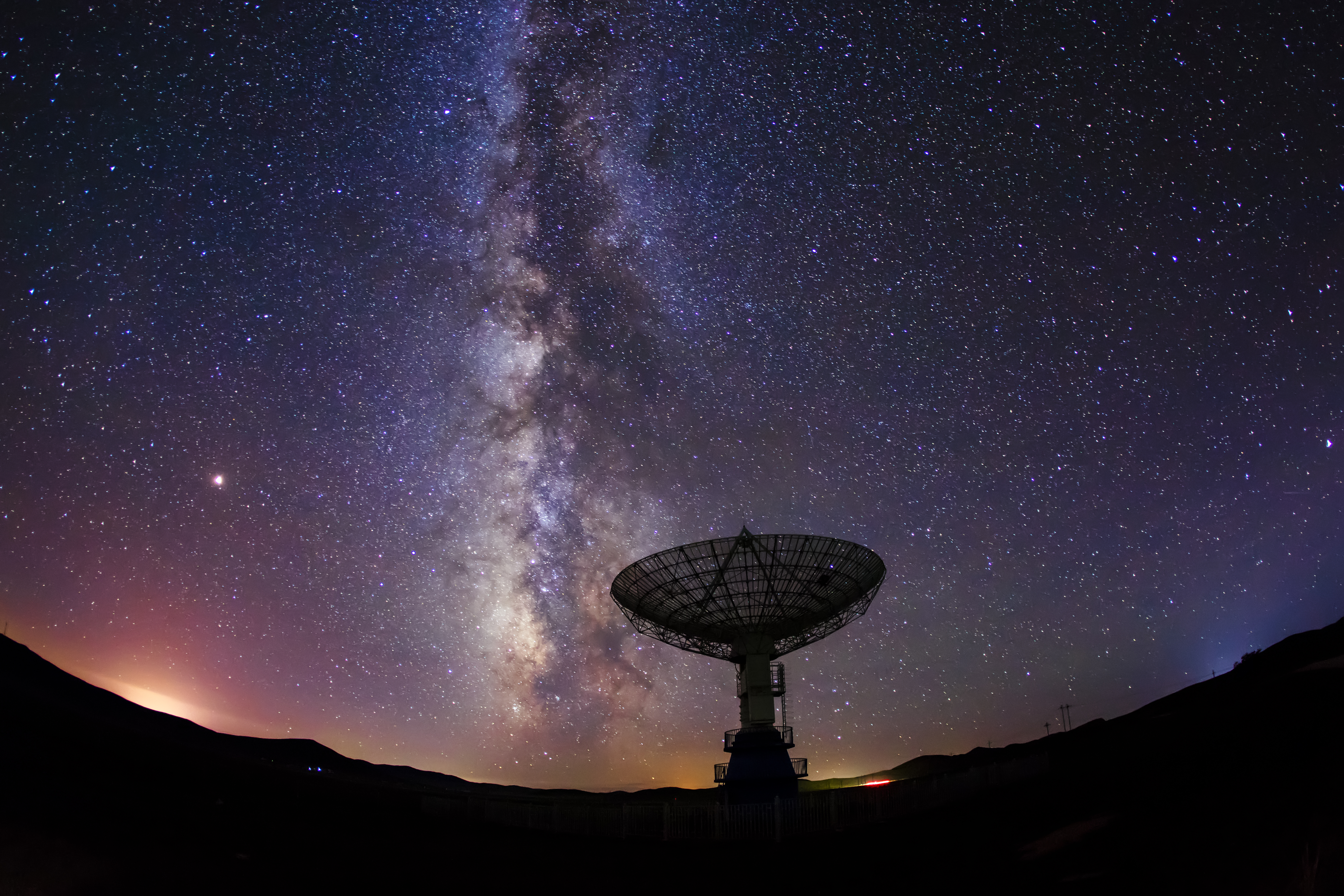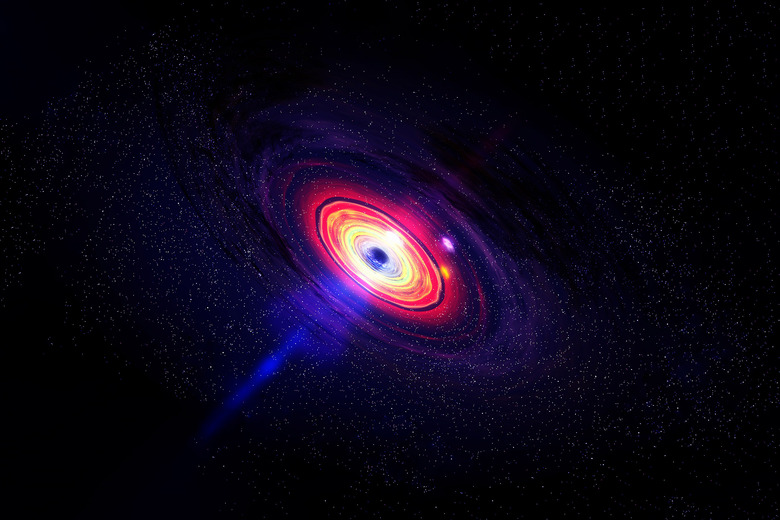This Might Be How We Finally Discover Alien Life In Space
The discovery of alien life may be tied to radio waves and lasers, a recent post on The Conversation posits. The post, which was shared back in October of 2022, talks more in-depth about how astronomers and scientists are looking for signs of alien life as a way to pinpoint where it might actually exist.
The hunt for alien life, or proof thereof, has been a long-standing one within the scientific community. While many are convinced that alien life is out there, we have yet to find true proof of extraterrestrial life. There are also beliefs that signs of alien life may have been discovered on Mars, but without any kind of solid proof – or a time machine – it's hard to say for sure.
According to the post shared on The Conversation, which often features scientists and other professionals writing opinion pieces and research-centric pieces, finding the signs that point towards alien life may come down to searching space for evidence of extraterrestrial broadcasts of some kind. Even then, would these signs of alien life lead to actual discoveries?

There is a lot that we don't really know about our universe, including exactly how it formed or even how it expanded once it did form. There are theories, of course, and observations made by the James Webb space telescope and other equipment have given us some insight, but overall, we're still working with a lot of theories and what-ifs.
But, if we can discover signs of alien life by searching the sky for radio signals or broadcasts, it could lead us to look in the right direction – even if those broadcasts and signals didn't come from the alien life that we find. But, considering we currently have two probes speeding through interstellar space, the chances of finding signatures of alien technology are high.
Right now, it's just a matter of figuring out the best place to look for those signatures.
